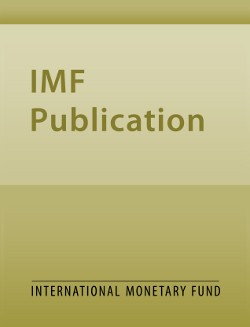
Cutting Emissions, Securing Energy: A Macroeconomic Assessment for COP30
Cutting Emissions, Securing Energy: A Macroeconomic Assessment for COP30
READ MORE...
Volume/Issue:
Volume 2025
Issue 245
Publication date: November 2025
ISBN: 9798229031455
$20.00
Add to Cart by clicking price of the language and format you'd like to purchase
Available Languages and Formats
| English |
Prices in red indicate formats that are not yet available but are forthcoming.
Topics covered in this book
This title contains information about the following subjects.
Click on a subject if you would like to see other titles with the same subjects.
Paris Agreement , climate mitigation , ambition gap , emissions reductions , temperature overshooting , mitigation costs , energy security , grid stability
Summary
Climate change poses significant macroeconomic challenges due to its impacts and the energy transition needed to address it. Despite the Paris Agreement’s goal to keep global warming ‘well below 2°C’, and ideally to 1.5°C, the world is not on track. Temperatures are likely to pass 1.5°C this decade and would exceed 2°C by 2050, even if national targets are met. Limiting the ‘overshoot’ in peak temperatures by cutting global emissions of greenhouse gases would reduce climate risks. But current national emissions targets fall short, aiming for a 7 percent cut compared to the 30 to 45 percent needed by 2035. Using in-house models, we illustrate options and impacts of closing gaps to align emissions with temperature goals while minimizing climate risks. However, achieving these targets implies drastic changes in the energy system. Ensuring security of energy supply, which is critical for macroeconomic stability and growth, entails effective macroeconomic policies.
Copyright © 2010 - 2025
Powered by:
AIDC



